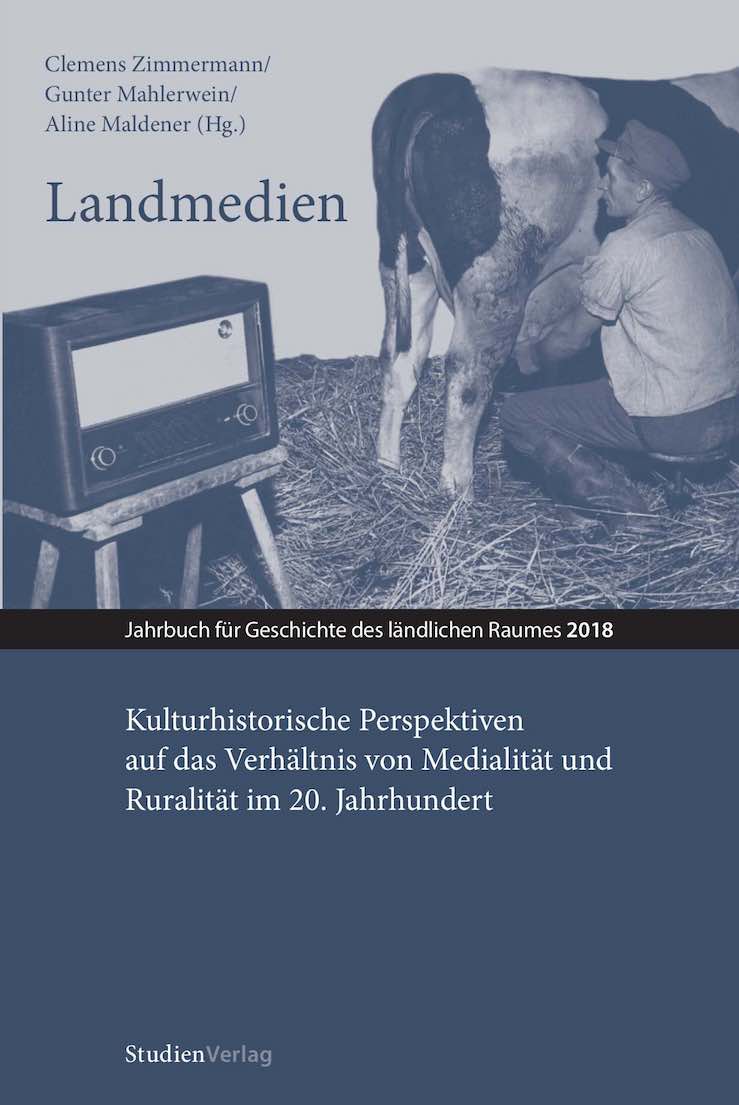Moving Pictures for Peasants
The Kinofikatsia of Rural Lithuania in the Stalinist Era (1944–1953)
DOI:
https://doi.org/10.25365/rhy-2018-3Keywords:
new cinema history, Cinefication, Baltic States, Stalinism, forced modernisationAbstract
This article explores the role of the cinema in the society of rural Lithuania during the Stalinist era. The core of this article is an empirical analysis of cinema practices such as exhibition places and distribution. During the Soviet period these practices were referred to as the process of Cinefication (kinofikatsia). Cinefication not only was an integral element of the Soviet industrialisation but was part of a propaganda strategy. It demonstrated the technological power of the Soviet Union and used cinematic tools for an ideological indoctrination. Key research questions of this article are: What were the most essential features of the Cinefication? Did the process acquire distinctive aspects? Were the advantages of cinema utilised in the invaded area? The situation in Lithuania testifies to cultural politics and cinema politics in the rural periphery of the Soviet Union where inhabitants experienced film for the first time.


